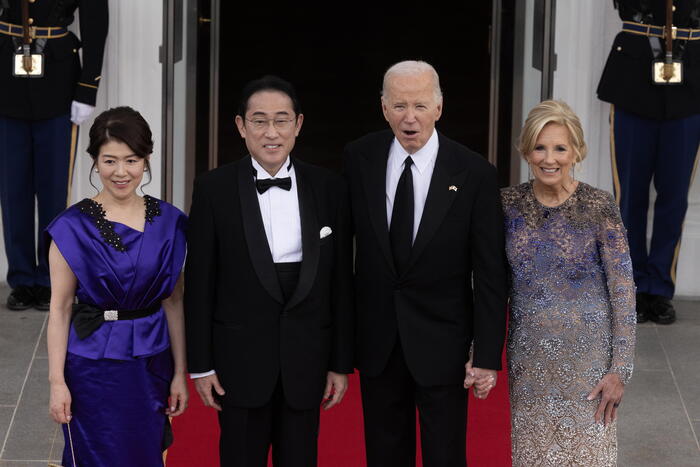Its mission: to find love to perpetuate the species.
After months of waiting linked to the coronavirus, Emma finally arrived in Japan on Tuesday.
This five-year-old female white rhino was until now a resident of Leofoo Safari Park in Taiwan, where she had been selected to find a mate in the archipelago for breeding and genetic mixing.
His transfer to Tobu Zoo in Saitama, near Tokyo, was originally scheduled for March, but complications from the pandemic had delayed his departure.
Emma was chosen from the herd of 23 rhinos at Leofoo Safari Park because of her peaceful temperament and slim physique.
Over the next few weeks, she will have the task of getting to know her first suitor: Moran, a 10-year-old male.
The female rhino will also be on display extensively to the Japanese public, but she should not be disturbed by her surroundings.
“Before she left, we added instructions in Japanese to our daily exercises so that she adapts faster once there,” recalls Sean Wu, animal manager at his old park.
He was even made to listen to the sounds of airplane and truck engines in preparation for his trip.
"
A species threatened by poaching
Zoo breeding programs have played a key role in saving southern white rhinos.
According to the Save the Rhino association, this subspecies currently has less than 19,000 heads in the wild in southern Africa, but was almost extinct in the 20th century before being saved thanks to conservation efforts.
Their northern cousins were not so lucky.
Only two remain, females, making this subspecies functionally extinct.
Other rhino families, such as the Java rhino and the Sumatran rhino, have fewer than 100 representatives each.
Leofoo Safari Park imported eight southern white rhinos in 1979 and today has Asia's most successful breeding program for this subspecies.
Rhino poaching is fueled by the market for their horns in Asia, especially China and Vietnam.
The horns are mostly made of keratin, but traffickers sell them touting them as an aphrodisiac, or even a cure for cancer.












/cloudfront-eu-central-1.images.arcpublishing.com/prisa/S7ERVSCT4FUVX6R7TUVBDNTH5Y.jpg)
